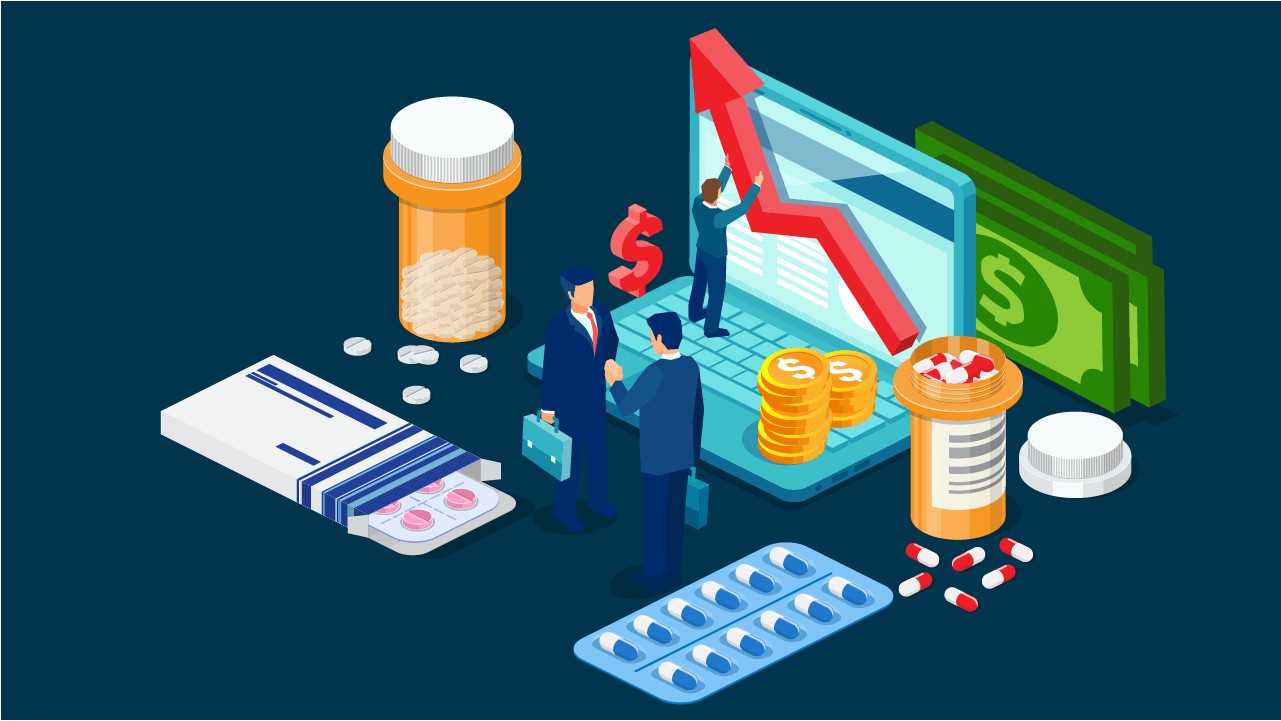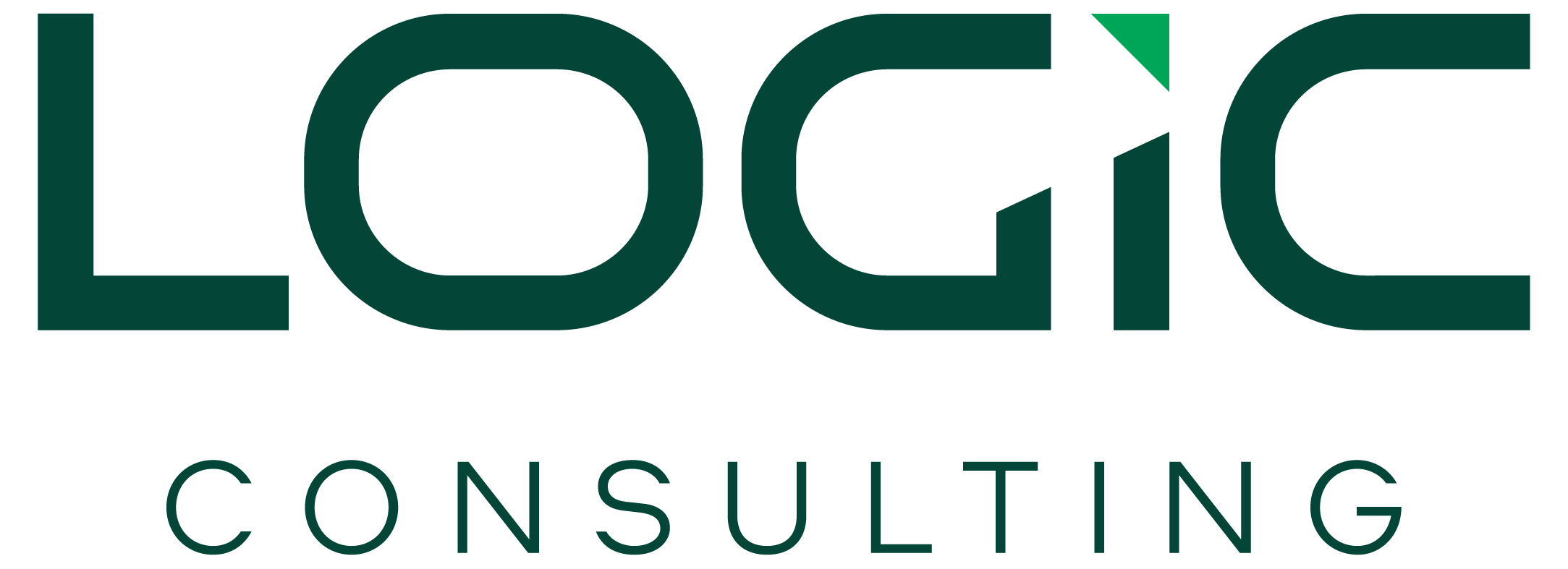
New waves of change in the Pharmaceutical industry
The Pharma market dynamics have been subtly changing over the past few years and we’ve been spectating on the impact it has on the market players across the industry value chain. This sector is past the slowdown with recovery signs across retail and non-Retail channels. Also, there is an acceleration of change and innovation, many of which were simmering in the background before the pandemic. While the global spread of Covid-19 has placed exceptional strain on the country’s health systems and infrastructure, the pandemic provided Egypt with an opportunity to prioritize reforms, engage in discussions on how to streamline efforts between the private and public sectors that would strengthen weak spots in its health system. In the coming 5-6 years, we will see a recovered and growing Pharma market that will cater to a wider base of patients who will be gaining gradual access to healthcare services, but it is expected to have different dynamics than what we see today. In this article of LOGIC Insights, we will be examining the new waves of change in the pharma industry and its implications on the value chain to draw an integrated picture of how the entire healthcare ecosystem is being disrupted. Also, we will be listing some future-proofing strategies that companies can undertake to adapt to those market changes on the short and long term.
Universal Inclusion with New Universal Health Insurance
The current dominant underlying force of change in the Pharma industry is the “Universal Healthcare Act” roll-out. This new insurance mandate commits Egypt to enhance the quality of its healthcare services and close the gap between its level of access. Accordingly, the demand on public hospitals is foreseen to increase gradually. In preparation for that, all public sector sourcing and dispensing have been consolidated under the UPA*, streamlining the process and creating an opportunity to analyze and identify areas of cost optimization and reduction through economies of scale. On the other side, the “General Authority for Healthcare (GAH)” entity is mandated to transform the public hospitals into profit centers or covering their cost at the very least. The GAH along with Ministry of Health (MOH) created the onboarding system whereby the public healthcare entities register to become certified by the GAH, hence allowed to offer the (UHI) services. After accreditation, the Healthcare facilities are transferred under The General Authority for Healthcare, and the government will rely on the private sector for infrastructure investment, as well as training for doctors and other health professionals.
Further, the patient records are currently being populated and aggregated in one repository, enabling more advanced and accurate reporting on disease prevalence per governorate and town. This data will serve as a guide for pharma manufacturers to better optimize their current portfolio and new product pipeline.
